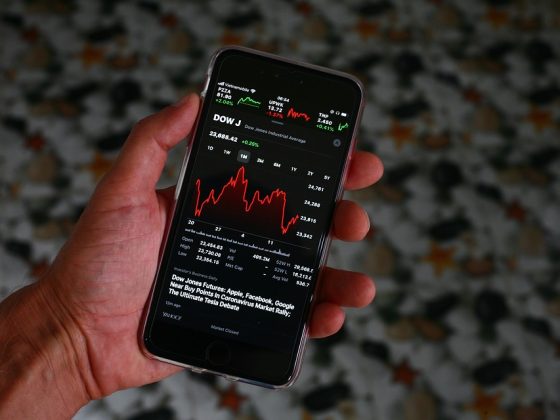Email and Excel are two of the most commonly used tools in the modern workplace. They serve different purposes but are often used in tandem for everyday tasks. From email communication to data organization and analysis, these tools are essential for getting work done efficiently and effectively. In this article, we will explore some essential tech tips for using email and Excel for everyday tasks.
Email Tips:
1. Organize your inbox: One of the keys to being productive with email is having an organized inbox. Create folders to categorize emails such as “to do”, “pending”, “completed”, etc. This way, you can easily find emails and prioritize your tasks.
2. Use filters and rules: Most email platforms allow you to set up filters and rules to automatically sort incoming emails into specific folders. This can help you stay organized and deal with important emails more efficiently.
3. Set up an email signature: An email signature is a great way to add a professional touch to your emails. Include your name, title, contact information, and any relevant links such as your company website or LinkedIn profile.
4. Use keyboard shortcuts: Keyboard shortcuts can help you navigate your email platform more quickly and efficiently. Learn the shortcuts for common tasks such as composing a new email, replying, forwarding, and archiving emails.
5. Unsubscribe from unnecessary emails: If you find your inbox cluttered with promotional emails or newsletters that you no longer read, take the time to unsubscribe from them. This will help reduce distractions and keep your inbox clean.
Excel Tips:
1. Use keyboard shortcuts: Excel offers a wide range of keyboard shortcuts that can help you work more efficiently. Learn shortcuts for common tasks such as selecting cells, copying and pasting data, formatting cells, and inserting rows and columns.
2. Use conditional formatting: Conditional formatting allows you to apply formatting rules to cells based on their content. This can help you highlight important information, identify trends, and make your data easier to interpret.
3. Use formulas and functions: Excel has a vast library of formulas and functions that can help you perform complex calculations and analysis. Learn how to use functions such as SUM, AVERAGE, VLOOKUP, and IF to manipulate data and generate insights.
4. Use data validation: Data validation allows you to control the type of data that can be entered into a cell. This can help prevent errors and ensure that your data is accurate and consistent.
5. Pivot tables: Pivot tables are a powerful tool for summarizing and analyzing large amounts of data. Learn how to create pivot tables to quickly generate insights and visualize trends in your data.
FAQs:
Q: Can I use Excel to track my email communications?
A: Yes, you can use Excel to track email communications by creating a spreadsheet to log emails sent and received, including date, time, subject, and recipient. This can be useful for organizing and referencing important communications.
Q: How can I export emails from my inbox to Excel?
A: Most email platforms allow you to export emails to a CSV file, which can then be opened in Excel. Check the settings or options in your email platform for instructions on how to export emails.
Q: Can I send an Excel spreadsheet as an attachment in an email?
A: Yes, you can send an Excel spreadsheet as an attachment in an email. Simply create a new email, attach the Excel file to the email, and send it to the recipient.
Q: How can I use Excel to analyze email marketing campaign data?
A: You can use Excel to analyze email marketing campaign data by importing data from your email marketing platform into Excel, creating pivot tables to summarize the data, and using functions and formulas to calculate key metrics such as open rates, click-through rates, and conversion rates.
In conclusion, mastering email and Excel can greatly enhance your productivity and efficiency in the workplace. By following these essential tech tips and incorporating these tools into your daily tasks, you can streamline your workflow, organize your data, and generate insights from your information. Whether you're communicating with colleagues or analyzing data, email and Excel are indispensable tools for everyday tasks.











